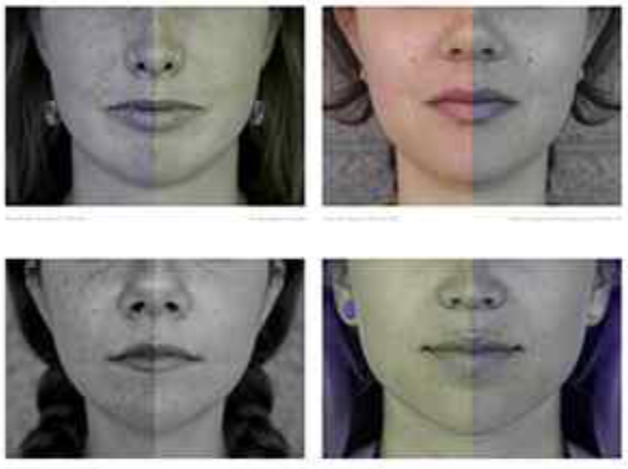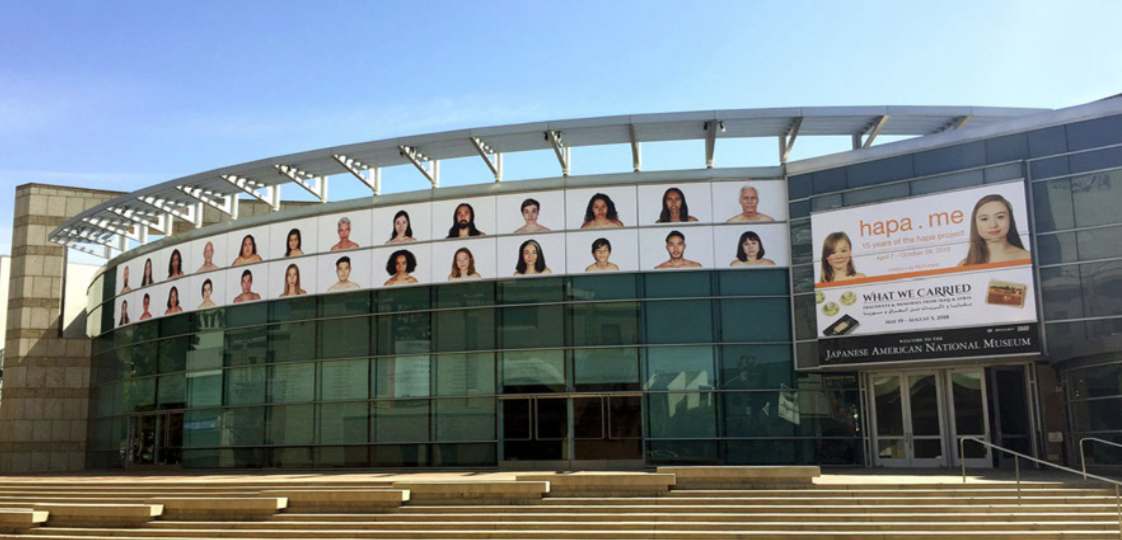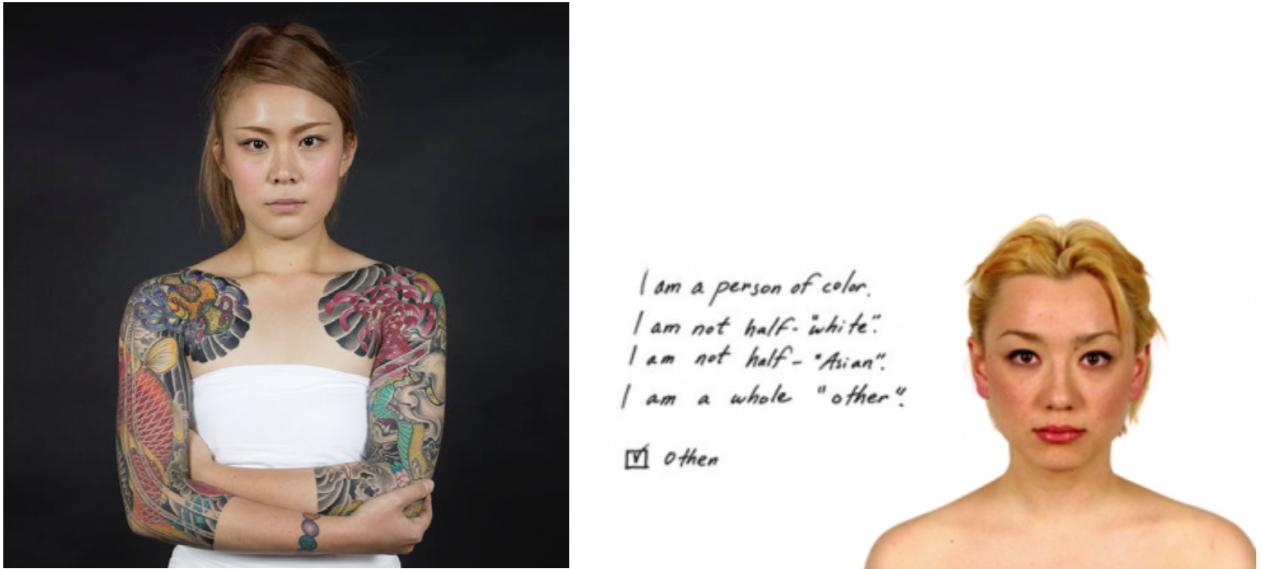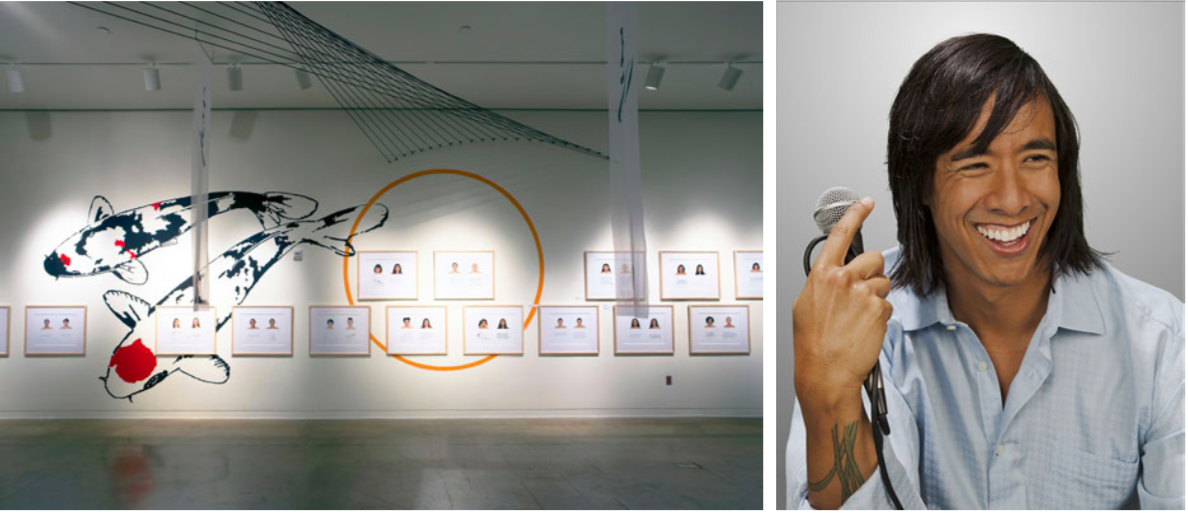12.6.2018: Stephanie & Jimmy Miracle
STEPHANIE MIRACLE
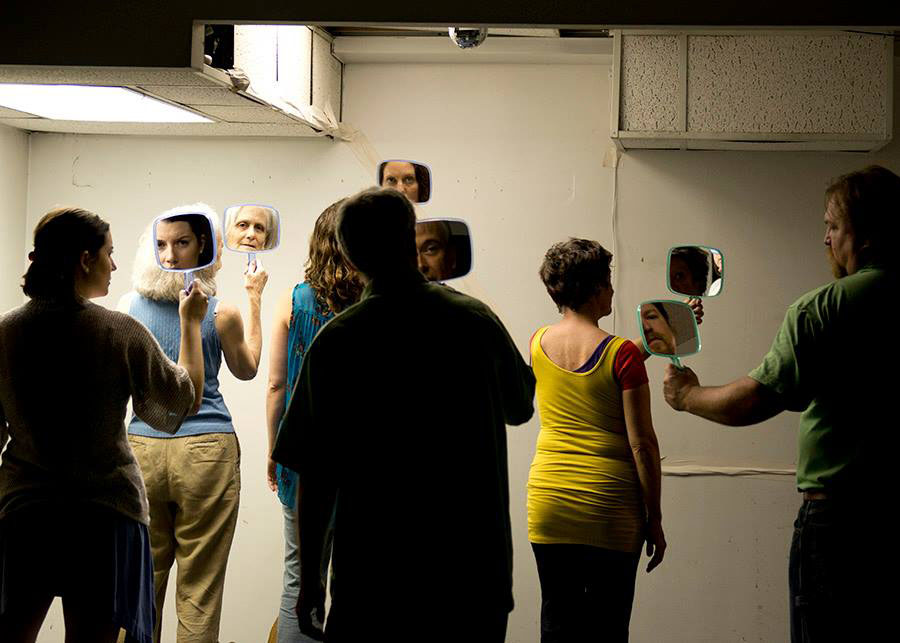
A 2014/15 German Fulbright Fellow in the Performing Arts, Stephanie Miracle has focused her research on the embodied practice of tanztheater. Examples of her field work include intensively studied Jooss-Leeder technique, learned repertory from Pina Bausch with the Tanztheater Wuppertal, studied Inner Suspension with Susanne Linke, and worked on a new creation with Reinhild Hoffmann. Her research is searching for intersections between Klein Technique™ and European tanztheater specifically in dynamic use of space and expression through the body.

As a performer she has had the privilege of dancing for Deganit Shemy, Elizabeth Dishman, Shannon Gillen & Guests, David Dorfman Dance, Joseph Poulson, Susan Marshall and Company, Liz Lerman Dance Exchange, Graham Brown, PEARSONWIDRIG DANCETHEATER, and Deborah Hay. In 2015 she joined as a full-time company member with the Folkwang Tanzstudio/FTS. In addition to dancing with the ensemble she works in collaboration with Carla Jordao (PT), Ana Farfan (MX), Paola Ponti, (IT) and Anna Shchkleina (RU).
Stephanie’s choreography has been described as “iconic and nuanced…with an irreverence that makes you smile unconsciously” (Rick Westerkamp review of GROOVE,2014). Often in vivid Technicolor, Miracle’s works are crafted with a cinematic sensibility and often involve diverse populations of dancers and non-dancers. In addition to creating choreographies for traditional proscenium theaters her unique aesthetic finds special significance in common spaces for example, parking lots, bus stops, women’s prisons, hallways, staircases, and rooftops. Her projects have been presented in Germany, Mexico, Russia, New York City, and Washington DC by various institutions including MetLife Foundation, Exchange Festival, Dance Place, Supernoval Festival, Open Look Festival, Performatica, Belhaven University, ES WIRD SOGAR SCHÖN, Barnes Crossing, Fiktiva Festival, kunstOrteleven, The Clarice Smith Performing Arts Center. Other awards include the Smith Scholarship Grant to attend ImPulsTanz in 2012, dance artist-in-residence at OMI International Dance Residency 2012, Guest Mentor of Omi Dance in 2016, DC Innovation grant in 2013, Bates Dance Festival Merit Scholarship 2013, Goldhaber Travel Scholarship 2014, and NextNOW new work grant 2014. Her collaborative piece “Drafting Plan” was awarded Best Duo at Barnes Crossing Festival 2015 in Cologne and at the 2016 SzoloDuo Festival in Budapest.
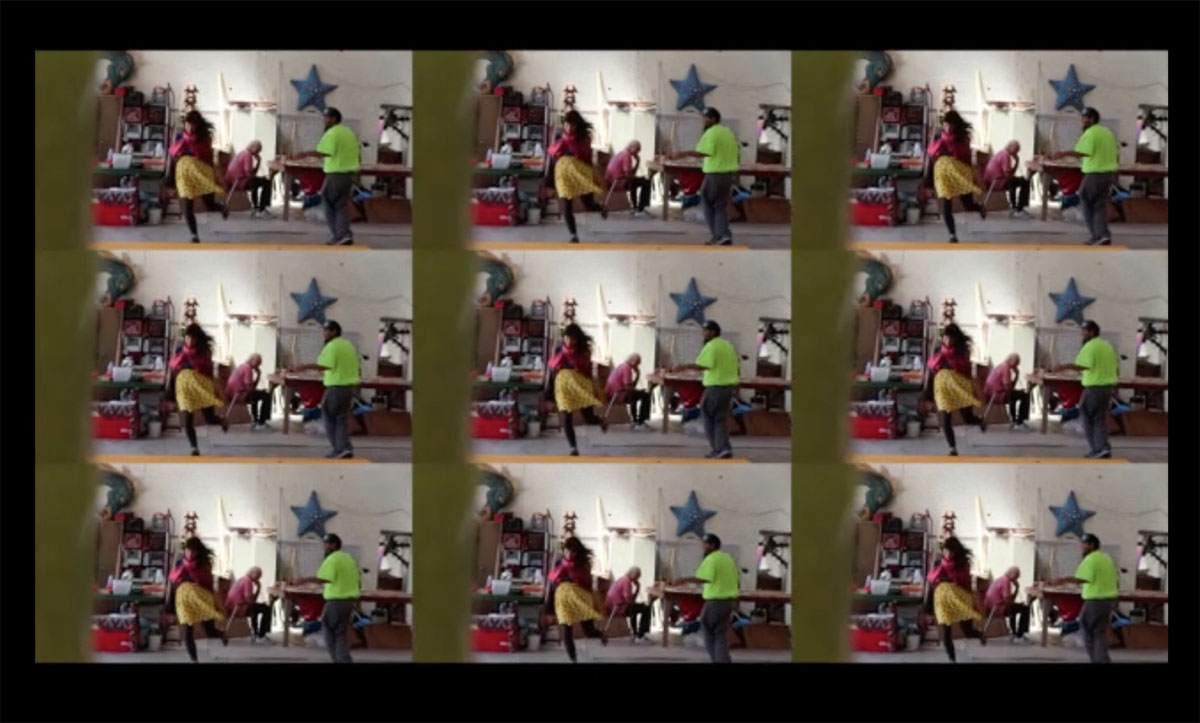
She has received multiple commissions in 2017, including a State Department individual artists grant by the US Consulate in Yekaterinburg, Russia for the creation of Paper Piece with Anna Shchekleina, choreographic residency from Companhia de Danca da Almada, Portugal for Cut, Fold, Paste in collaboration with Carla Jordao, and the creation of new solo Anywhere by the Dingle Arts Council in Ireland. This past year Stephanie was the 2017/18 season Guest Choreographer for Folkwang Tanzstudio in Essen, Germany. She is the artistic director of Fakers Club, a live-cinema public performance experiment. Fakers Club was most recently in residence at kunstort_eleven just outside of Tübingen, Germany.
JIMMY MIRACLE
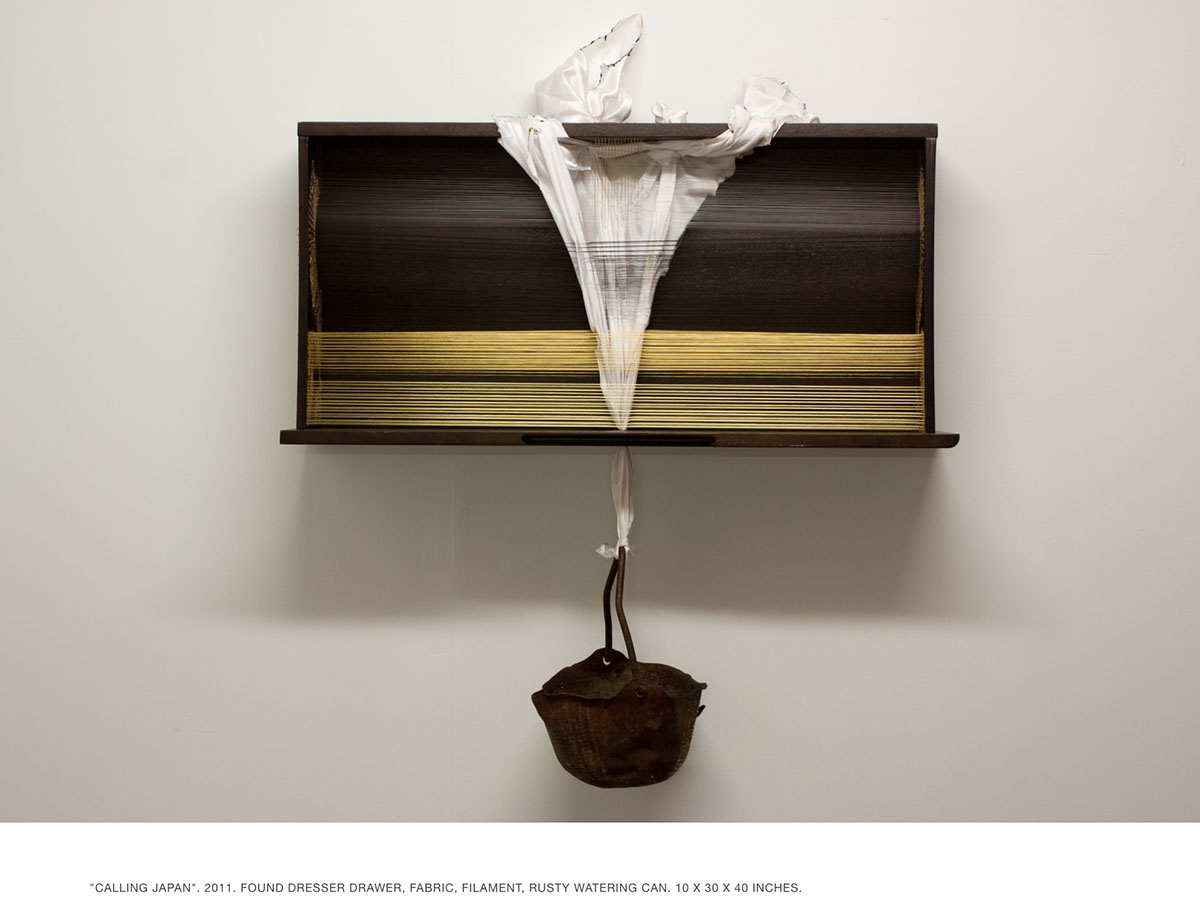
Jimmy Miracle is an American visual artist working across the genres of installation, painting, drawing, and sculpture using both traditional and non-traditional forms of investigating perception, memory, observation, and awareness. born in Ohio in 1983 and receiving a B.A. in studio art from Belhaven College in 2004 in Jackson, MS, Miracle has lived and worked in New York City, Washington DC, Germany, and now he currently resides in Santa Barbara, CA where he is a current teaching fellow at The University Of California, Santa Barbara. Miracle received the humanities in the community grant from the Interdisciplinary Humanities Council in 2018 where he exhibited and co-created along with artists suffering from mental illness and his choreographic collaborator, Stephanie Miracle. He has had solo and group shows in New York, Berlin, London, and Washington, DC exhibiting at Ziehersmith, Outlet Fine Art, Hkjb, The Islip Art Museum, Castle Gallery, The Elizabeth Foundation For The Arts, and Flashpoint Gallery among others as an installation artist and painter. He also worked as a studio assistant for Jeff Koons, and studied classical drawing, painting, and sculpture at the Art Student’s League Of New York and Chelsea Classical Studio with Michael Grimaldi, Brandon Soloff, Dan Thompson, Rick Piloco, and Steve Perkins. he has also received The Cultural DC Creative Communities Fund Grant, The Maryland State Art Council Individual Artist Grant, The Howard Fenton Award For Painting among others and has lectured at The Smithsonian Museum Of American Art and University Of California Santa Barbara.
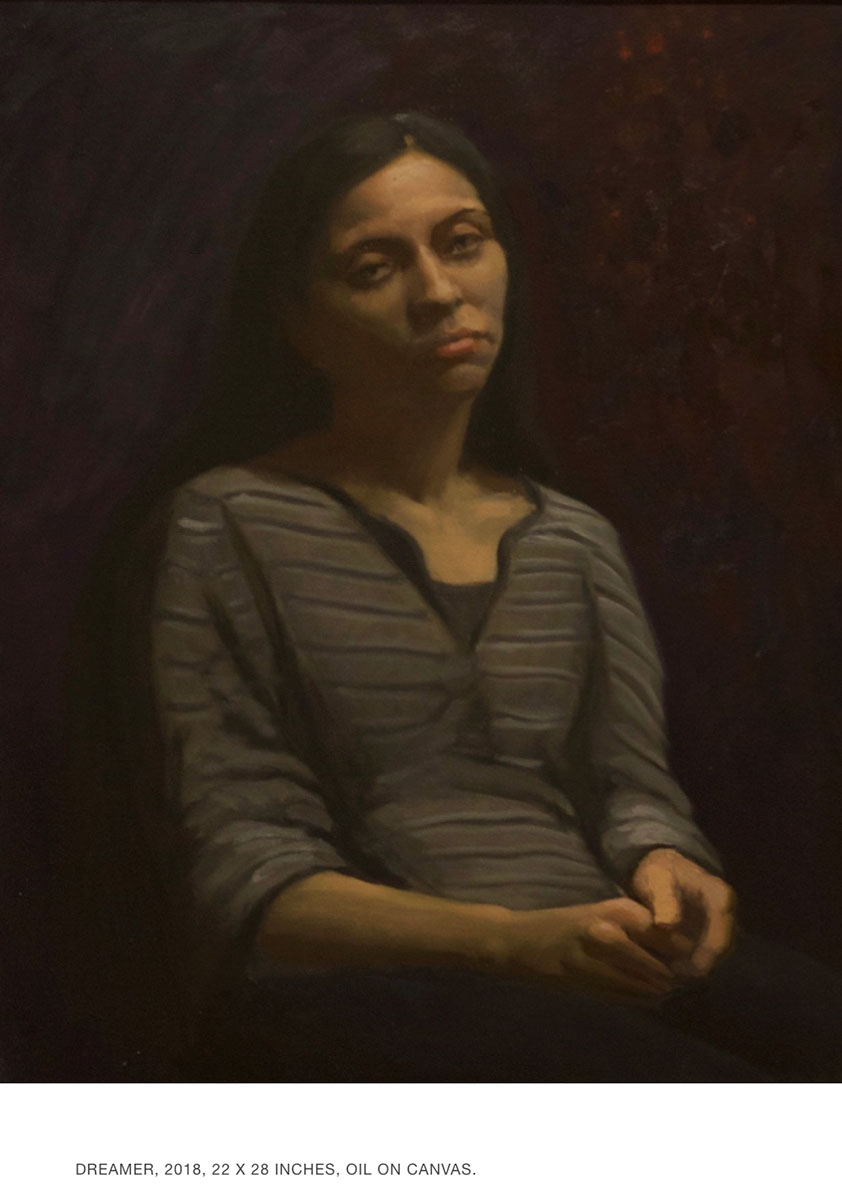
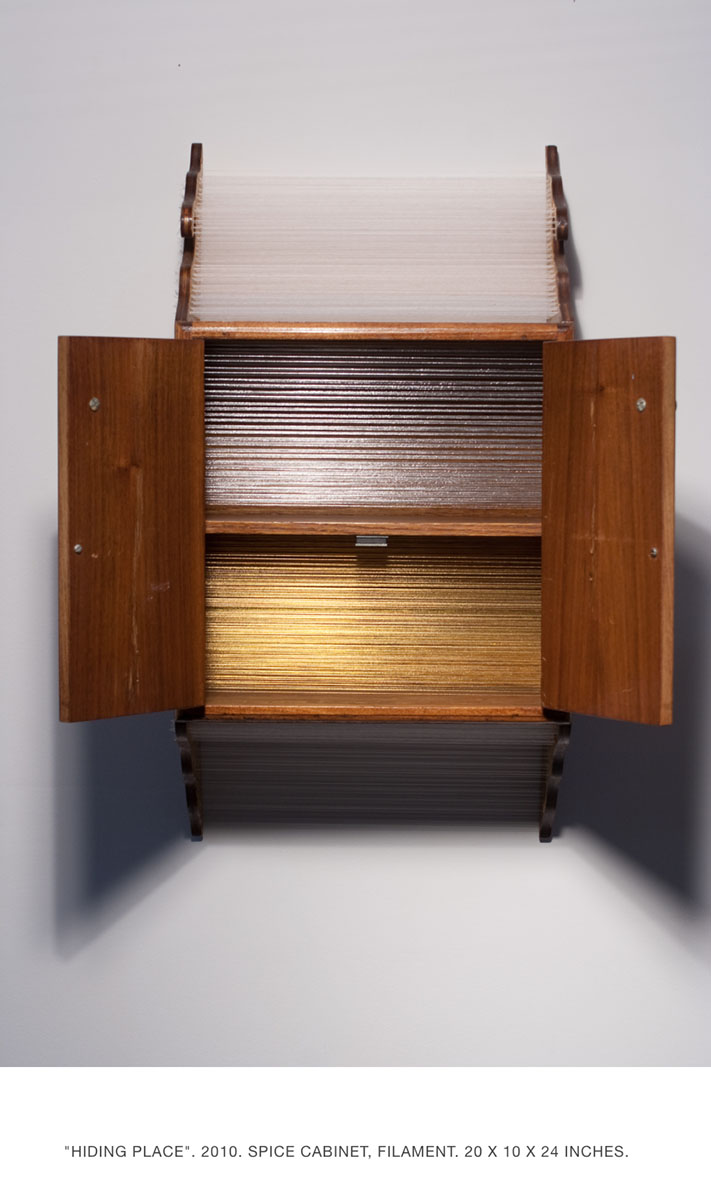
 The UCSB Department of Art and College of Creative Studies present Spring 2018 Visiting Artist Colloquium. The program offers a wide range of voices in dialogue, exploring the topics of contemporary art, theory, and cultural production by emerging and established visiting artists, as well as members of UCSB’s faculty and graduate students.
The UCSB Department of Art and College of Creative Studies present Spring 2018 Visiting Artist Colloquium. The program offers a wide range of voices in dialogue, exploring the topics of contemporary art, theory, and cultural production by emerging and established visiting artists, as well as members of UCSB’s faculty and graduate students.


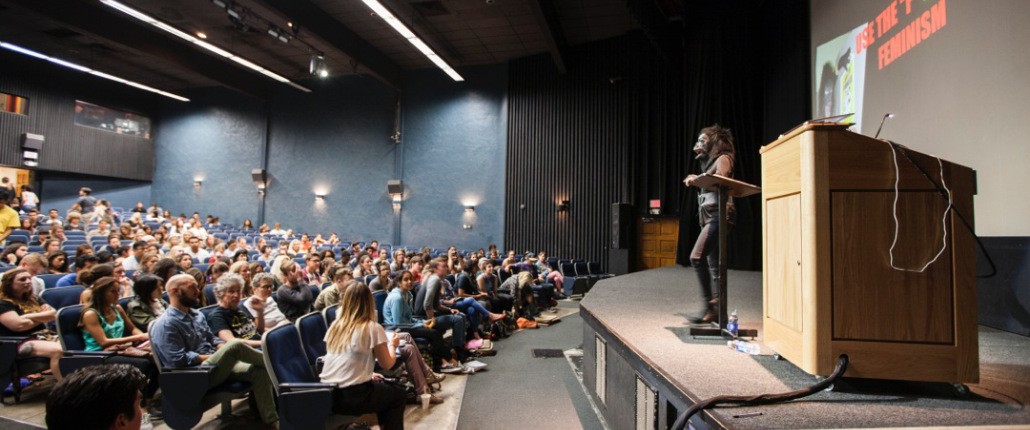






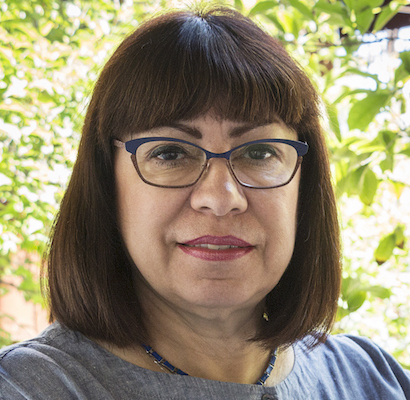
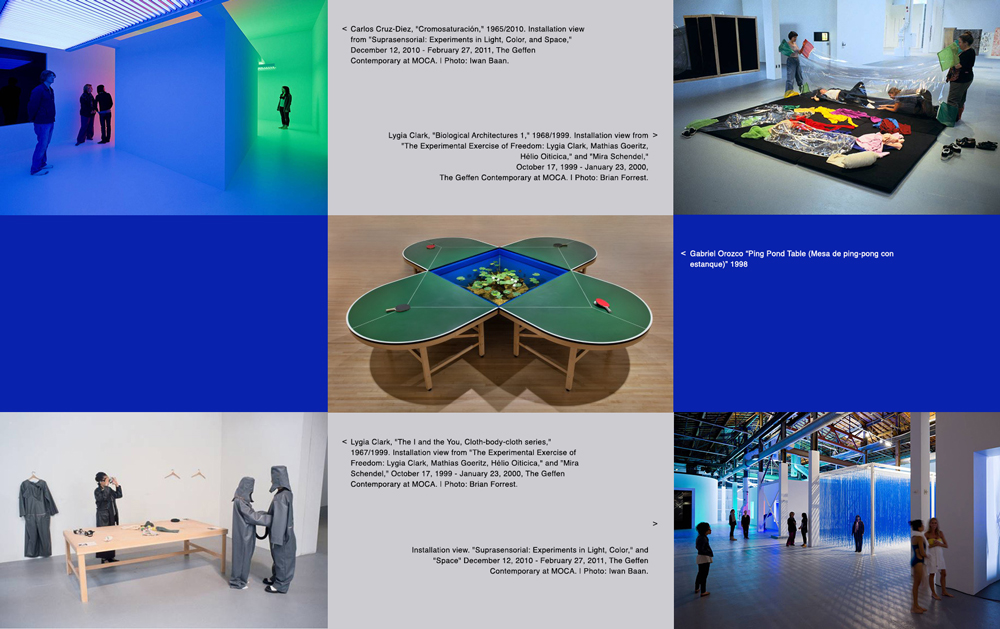
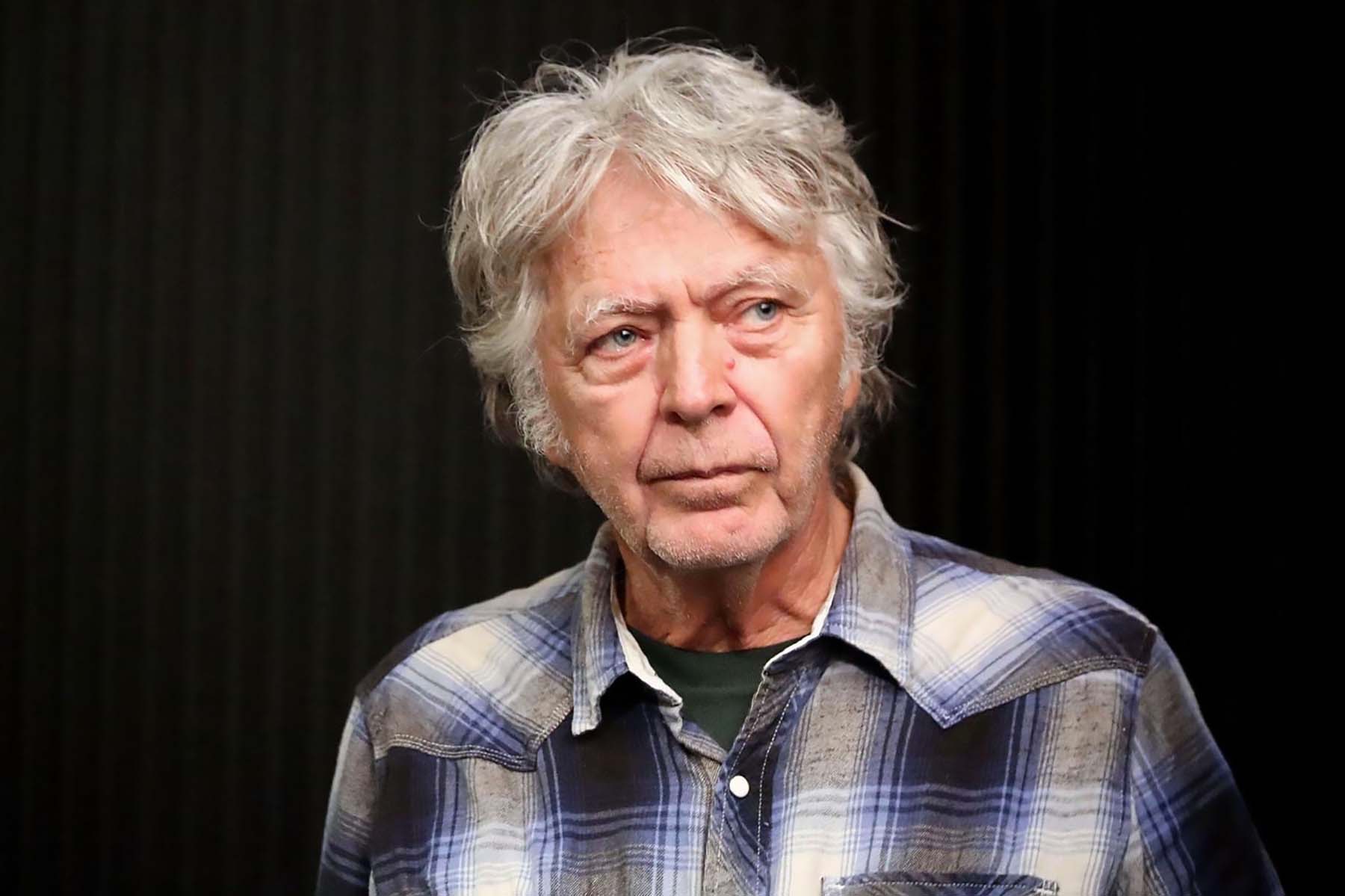
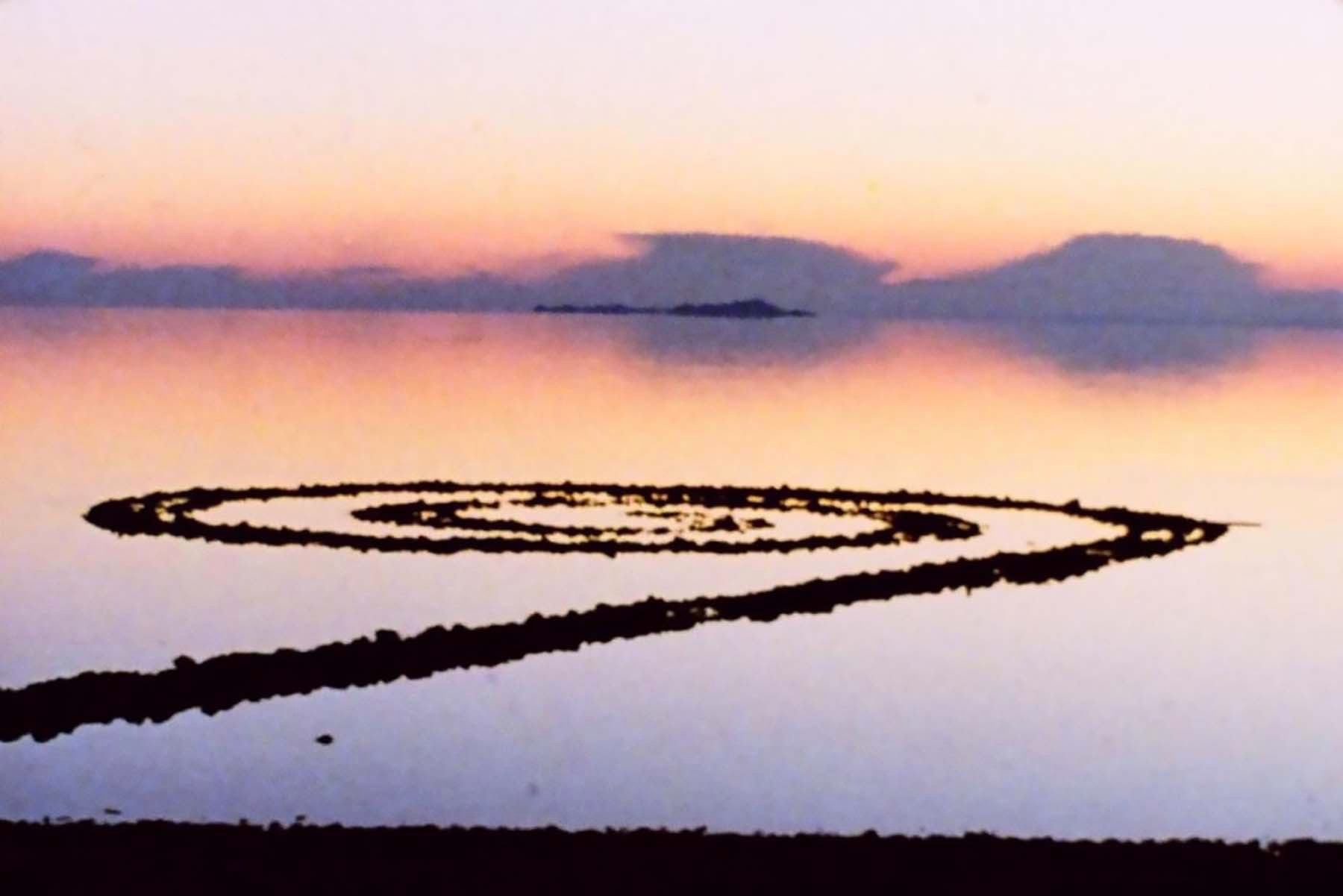
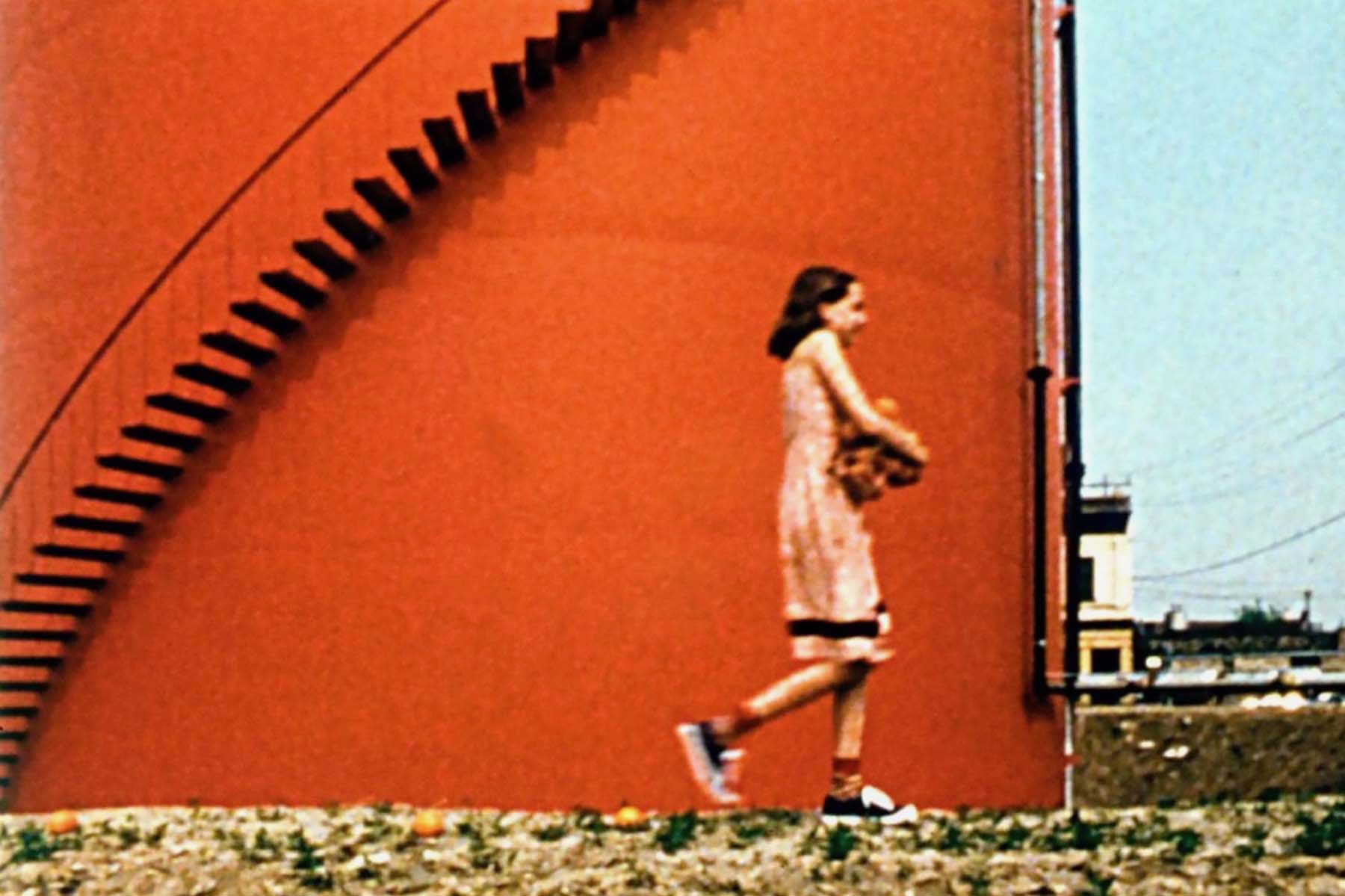
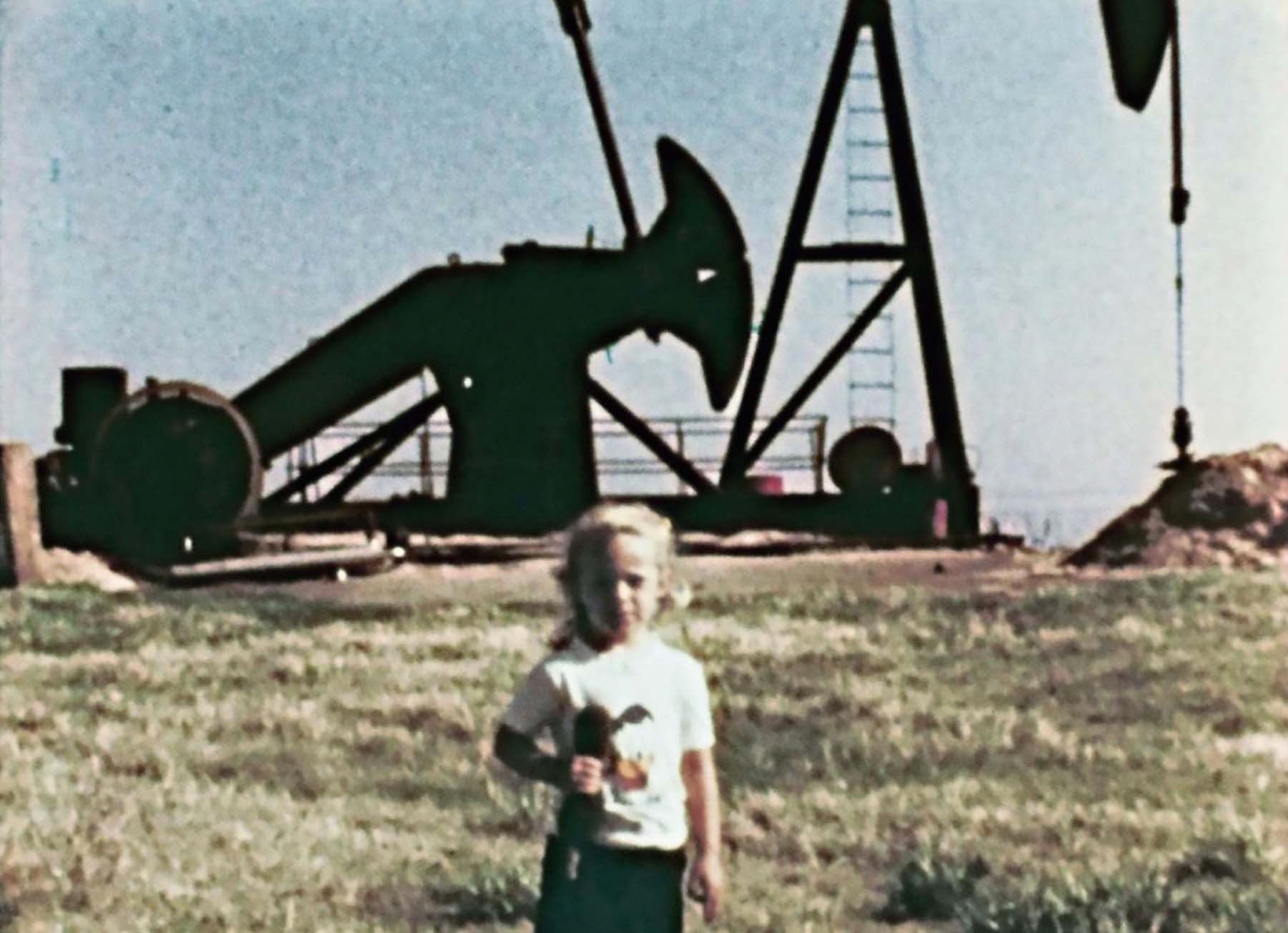

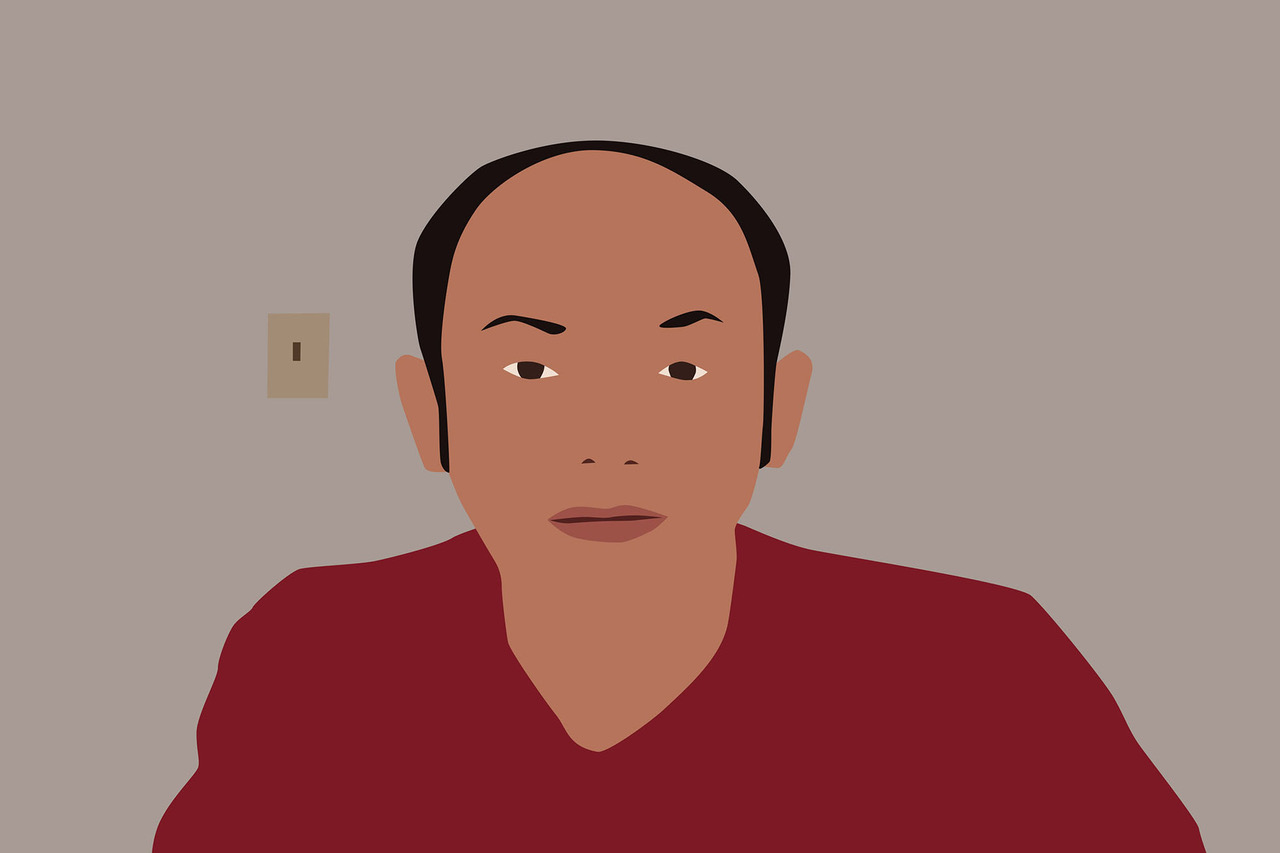
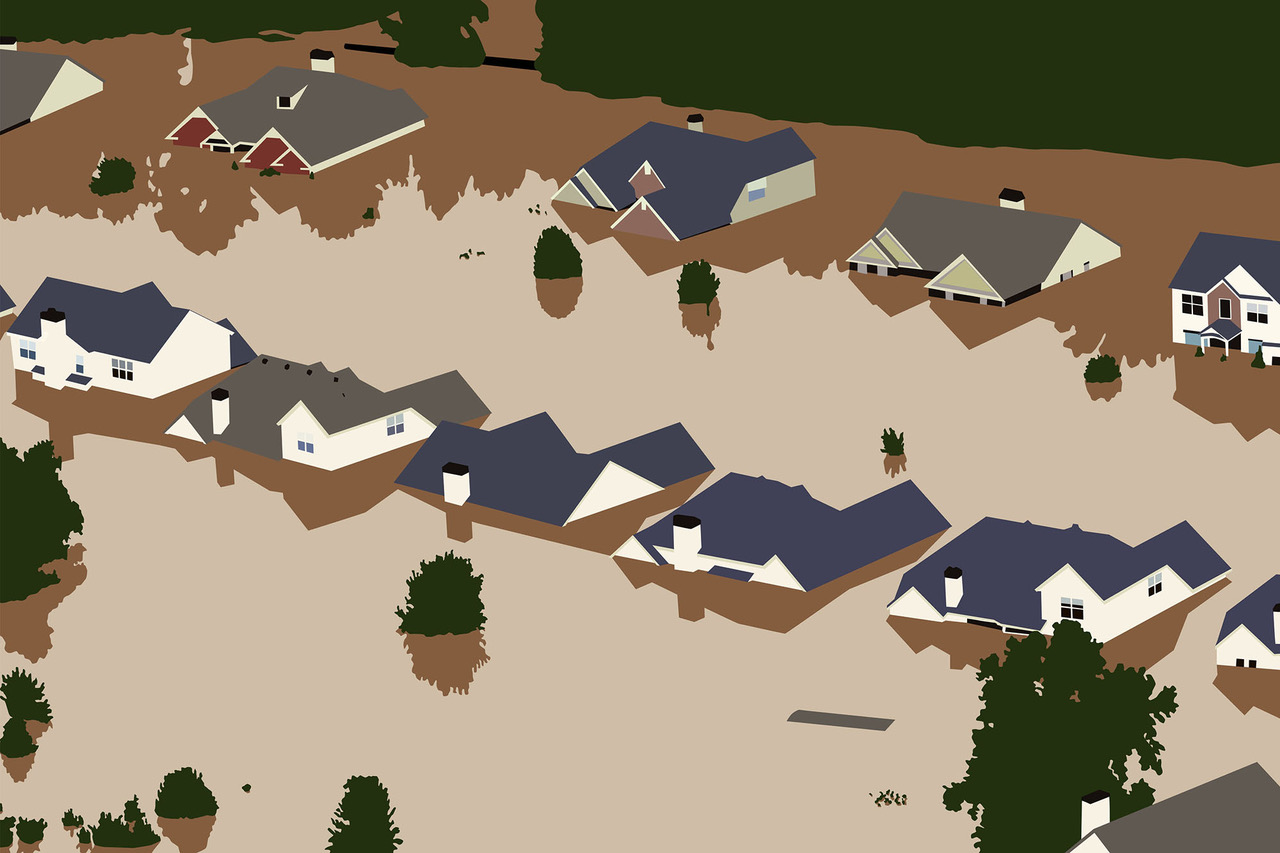








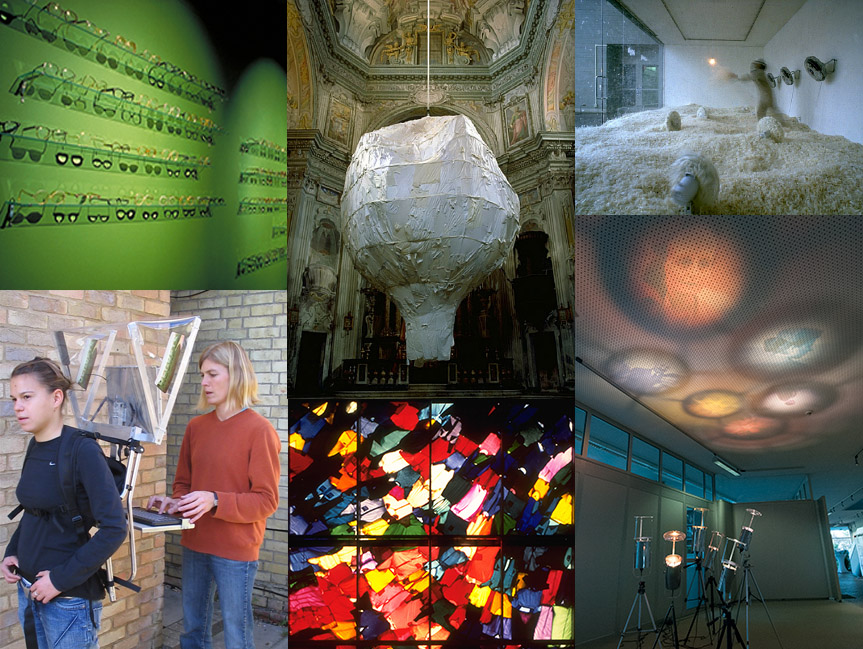
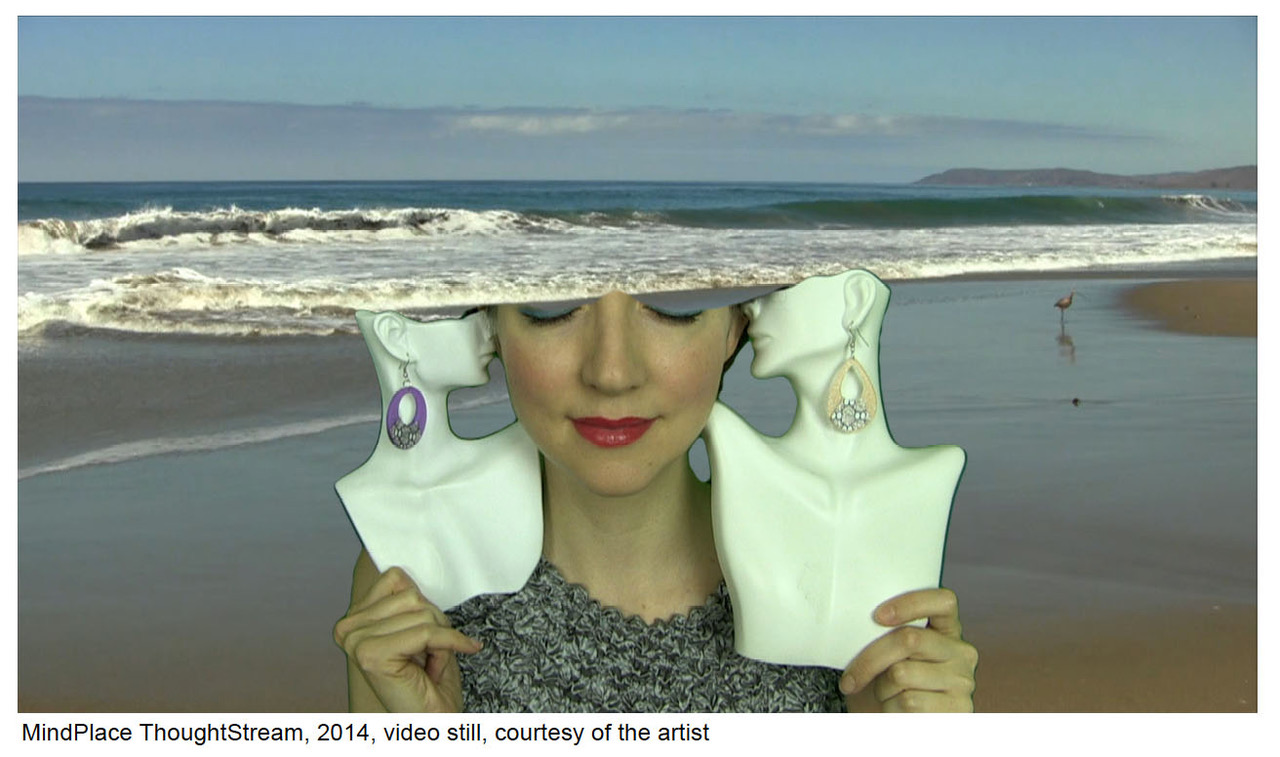
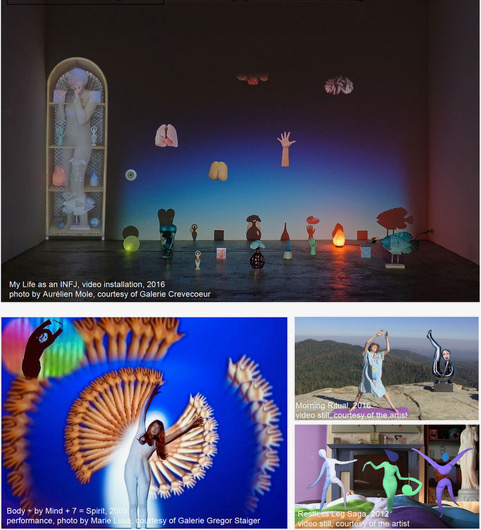 Group exhibitions include Migros Museum Für Gegenwartskunst, Zurich, Salzburger Kunstverein, Salzburg, Museu Nacional de Arte Contemporânea do Chiado, Lisbon, Oakland Museum of California, Oakland, Institute of Contemporary Arts, London, Guangdong Times Museum, Guangzhou, Perth Institute of Contemporary Arts, Perth, Göteborgs Konsthall, Göteborg, Institute of Contemporary Art, Philadelphia, and Wiels Center for Contemporary Art, Brussels. She has performed at The Museum of Modern Art, New York, The New Museum of Contemporary Art, New York, The Kitchen, New York, The Andy Warhol Museum, Pittsburgh, The San Francisco Museum of Modern Art, San Francisco, The Getty, Los Angeles, The Hammer Museum, Los Angeles, South London Gallery, London and Cricoteka, Kraków among many others. Moulton’s work has been featured in Artforum, The New York Times, ArtReview, Art in America, Flash Art, Artpress, Metropolis M, BOMB Magazine, and Frieze among others. Her work is distributed by Electronic Arts Intermix and she is a featured artist on Art21’s New York Close Up.
Group exhibitions include Migros Museum Für Gegenwartskunst, Zurich, Salzburger Kunstverein, Salzburg, Museu Nacional de Arte Contemporânea do Chiado, Lisbon, Oakland Museum of California, Oakland, Institute of Contemporary Arts, London, Guangdong Times Museum, Guangzhou, Perth Institute of Contemporary Arts, Perth, Göteborgs Konsthall, Göteborg, Institute of Contemporary Art, Philadelphia, and Wiels Center for Contemporary Art, Brussels. She has performed at The Museum of Modern Art, New York, The New Museum of Contemporary Art, New York, The Kitchen, New York, The Andy Warhol Museum, Pittsburgh, The San Francisco Museum of Modern Art, San Francisco, The Getty, Los Angeles, The Hammer Museum, Los Angeles, South London Gallery, London and Cricoteka, Kraków among many others. Moulton’s work has been featured in Artforum, The New York Times, ArtReview, Art in America, Flash Art, Artpress, Metropolis M, BOMB Magazine, and Frieze among others. Her work is distributed by Electronic Arts Intermix and she is a featured artist on Art21’s New York Close Up.